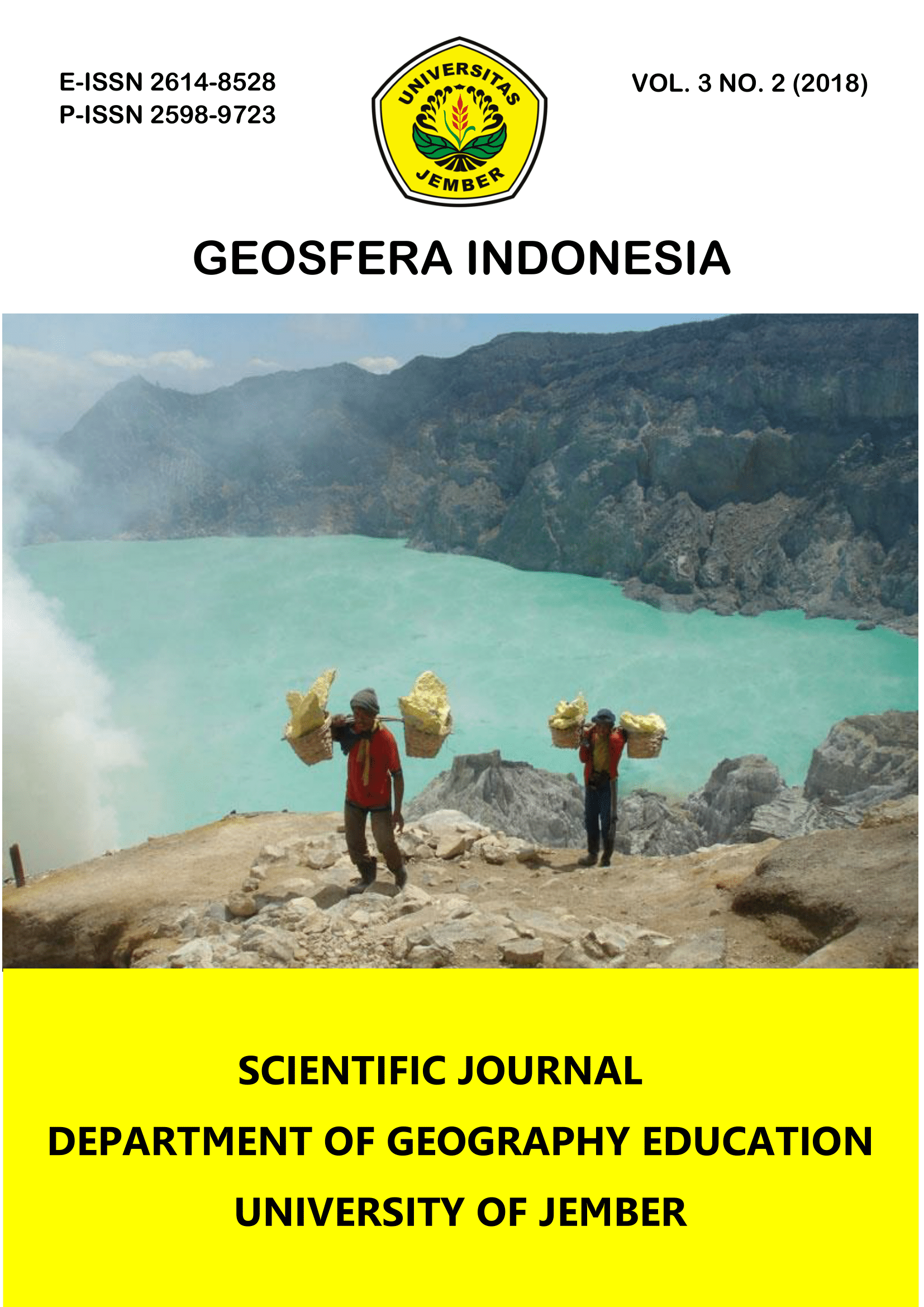LEARNING ACTIVITIES IN HIGHER ORDER THINKING SKILL (HOTS) ORIENTED LEARNING CONTEXT
Abstract
The development of 21st century life requires the higher-level thinking ability developmental for learners. HOTS learning is characterized by; 1) Analysis, Evaluation and Creating, 2) Logical reasoning, 3) Consideration and critical thinking, 4) Problem Solving and Creative Thinking. One effort that can be done by educators to develop higher-level thinking ability for learners is by facilitating learners to do Advanced Learning Activities (ABL) that include: 1) processing/ analyzing, 2) Communicating/ dialogue, 3) discuss/ collaborate, 4) presents/ constructs. ABL is a continuation of Basic Learning Activities which includes; 1) Observing (combination of seeing and hearing), 2) trying/ questioning, 3) searching/ collecting. Therefore, in learning, educators should be more focused on giving learners space to do ABL while still allowing time for ABD as a warm-up activity or initial activity (Schaffolding). The way that can be done as a trigger of Advanced Learning Activities is to present more questions/ tasks/ problems on high cognitive level that is C4, C5, and C6 in every learning. High-level questions/ tasks/ problems will also encourage learners to dialogue and discuss so that collaboration in learning will be created.
Keywords: Basic Learning Activity/ABD, Advanced Learning Activities/ ABL, HOTS oriented Learning
References
Brookhart, L. Susan. 2010. How to assess Higher Order Thinking Skills in Your Class. ASCD. Alexandria, Virginia USA
Hamalik, Oemar. 2001. Learning strategies. Jakarta. Bumi Aksara
-------------------- 2010. Learning strategies. Jakarta. BumiAksara
Hanafiah, Nanang & Suhana, Cucu. 2010. Learning Strategies. Bandung. Refika Aditama
Marzano, R. J., & Kendall, J. S. (2007) .The new taxonomy of educational objectives (2nd ed.). Thousand Oaks, CA: Sage
Marzano, R. J & Heflebower, T. 2012.Teaching & Assssing 21st Century Skills (The Classroom Strategies Series). EBook from marzanoresearch.com
Nofrion. 2017. Geography Learning Models and Strategies (Designing HOTS and Learning Collaborative Learning). Padang. Sukabina Publisher
N, Nofrionet al.2018. Effectiveness of EXO OLO TASK Learning Model Based on Lesson Study in Geography Learning IOP Conf. Ser .: Earth Environ. Sci. 145 012038
Parjito. 2015. Vision of 21st Century Geography Education. Proceedings of the P3GI National Seminar. Poor. ISBN: 978 - 602 - 71506 - 3 – 8
Prayitno.2009 Basic Teaching and Praxis Education. Grasindo. Jakarta
Sardiman. 2010. Interaction and Motivation of Learning Teaching. Jakarta. Rajawali Press
Silbermen, L. Melvin. 2006. Active Learning: 101 Learning Methods Active Students. Bandung. Nusamedia
Law Number 20 of 2003 concerning National Education Systems
Woolfolk. 2009. Educational Psychology (Active Learning Edition), Tenth Edition. Yogyakarta. Student Library
Copyright (c) 2018 Geosfera Indonesia Journal and Department of Geography Education, University of Jember
Copyright Notice

This work is licensed under a Creative Commons Attribution-Share A like 4.0 International License







